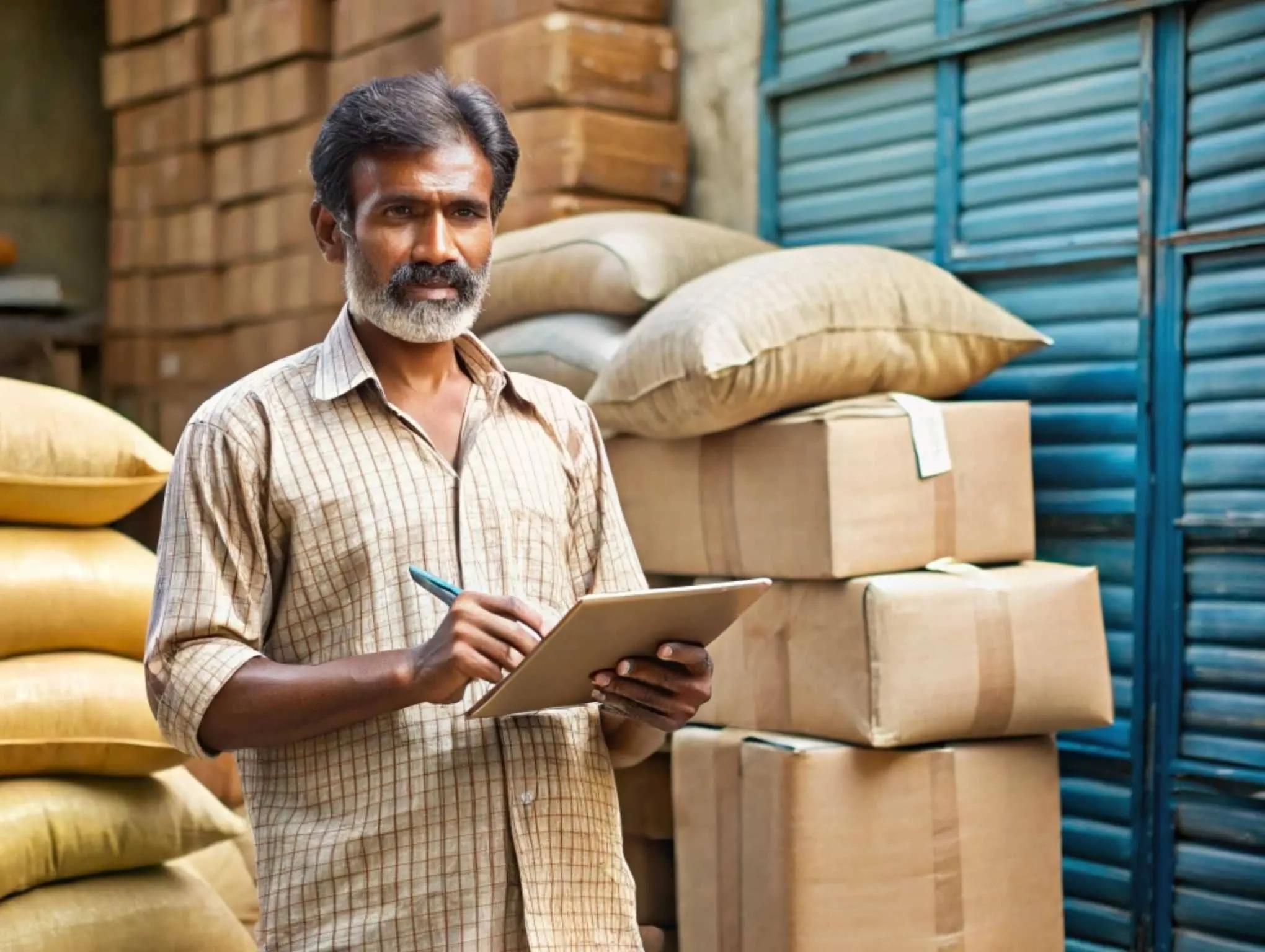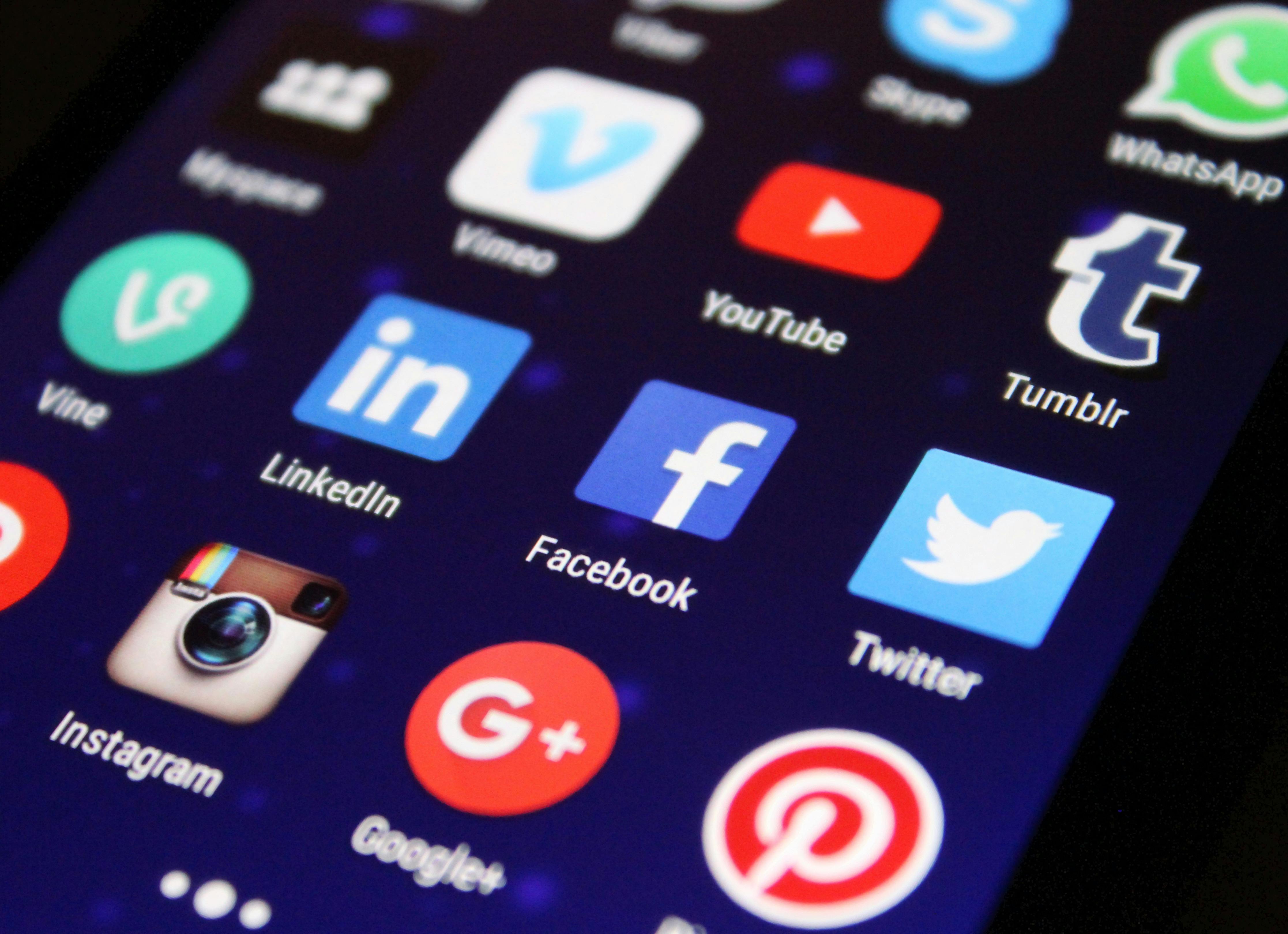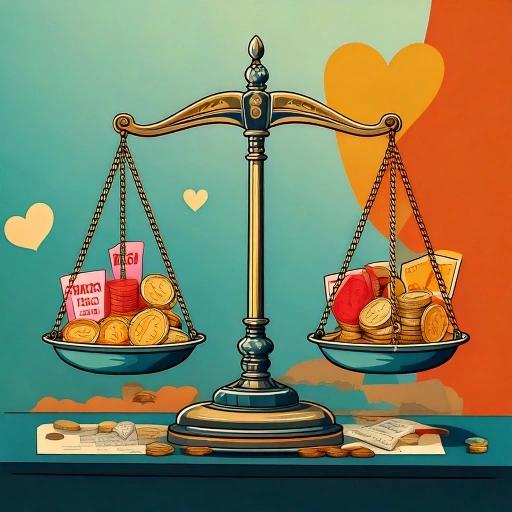You can sell through quick delivery apps, work with traditional distributors, or sell directly to customers through your own website. Let's understand each way in simple terms.
Selling Through Quick Delivery Apps
Quick delivery apps like Blinkit and Zepto have become very popular in big cities. These apps promise to deliver products to customers in just 10-20 minutes. They keep products in small warehouses called dark stores spread across cities. According to recent reports from RedSeer, there are now more than 3,000 such stores across India.
Many city people now prefer ordering through these apps because it saves time. Blinkit delivers more than 3.5 million orders every month. Zepto has also grown quickly, making sales worth 200 million dollars each month and crossing 50,000 orders in its newly launched Zepto Cafe by the end of 2024.
Big companies are already seeing good results with these apps. For example, Nestle India recently shared that 20% of all their city sales now come from quick delivery apps. This shows that urban customers really like ordering through these apps.
Working with Traditional Distributors
Most products in India still reach shops through traditional distributors. These distributors are very important because they help products reach every part of India, from big cities to small villages. They know local markets very well and handle everything from storage to delivery.
Traditional distributors help products reach more than 12 million shops across India. They understand what different customers want and can suggest which products will sell well in different areas. For example, Hindustan Unilever works with 8,000 distributors to reach 7 million shops across India. This helps them sell their products even in remote villages.
Parle Products is another good example. They work with 2,500 distributors to reach 8 million shops. This wide reach has helped them become India's favorite biscuit brand, selling more biscuits than any other company in India. More than 80 out of 100 biscuits sold in India are made by Parle.
Selling Directly to Customers (D2C)
Many new companies are now selling products directly to customers through their own websites or apps. This is called Direct-to-Consumer or D2C selling. It's becoming popular because companies can talk directly to their customers and understand what they like.
The D2C market in India is growing very fast. In just two years, from 2023 to 2025, more than 800 new companies started selling products this way.
Bombay Shaving Company is a good example of a successful D2C company. They achieved this by focusing on making quality products and selling them directly to customers through their website.
Which Way Should You Choose?
You don't have to pick just one way to sell. Many successful companies use all three ways together. For example, ITC sells their products through 120,000 regular shops, quick delivery apps, and their own website called ITC e-Store. This helps them reach all types of customers.
Similarly, Dabur reaches customers through millions of shops and also has their own website for direct sales. This way, customers can buy their products however they prefer.
How to Get Started
If you want to sell through quick delivery apps, first contact their business teams. They will explain how to list your products on their apps. Remember that you'll need to keep enough stock ready because these apps need frequent replenishment.
For working with distributors, it's good to start in one city or area first. The Federation of Indian Chambers of Commerce & Industry (FICCI) can help you connect with reliable distributors. They can help you understand the local market better. You'll also need some salespeople to work with these distributors. This is the best way to start because it can also be leveraged for supplying to all online platforms.
Many companies start with one method and then slowly add others as they grow. The most important thing is to understand your products and customers well. Then you can choose the way that works best for you.
We're here to help you succeed in selling your products in India.
More Articles to Explore

Distributor Loyalty Programs
Distributor loyalty programs are a secret weapon for business growth . Simply put, they're structured systems that reward your distributors for doing more business with you. The more they sell your products, the more benefits they receive.

A 2025 Perspective
In the vibrant tapestry of Indian consumerism, the digital consumer stands out as both a challenge and an opportunity for Fast-Moving Consumer Goods (FMCG) brands. Unlike the historical clout of neighborhood kirana stores, today's consumer navigates seamlessly between aisles of physical stores and the virtual shelves of e-commerce giants. This hybrid shopping behavior, as highlighted by Nielsen's insights , signifies an amalgamation of tradition with digital convenience, requiring a multifaceted marketing strategy.

Choosing the Right Delivery Partner
Are you struggling to get your products to stores and increase sales? The right regional 3PL / 4PL partner can help your business grow faster. This guide shows FMCG business owners how to pick the best delivery partner to reach more customers across India.

Balancing Price Sensitivity and Brand Loyalty
In today's competitive FMCG marketplace, manufacturers face a constant challenge: how to navigate the delicate balance between price sensitivity and brand loyalty. Understanding these two critical factors can help you develop more effective strategies to capture and retain customers in a market where choices are abundant and consumer behavior is evolving rapidly.
![[object Object]](/_next/image?url=https%3A%2F%2Fcdn.sanity.io%2Fimages%2F15uaalow%2Fproduction%2F4d25ccca6f3355e5f8ac1ebda37cd670d326953f-1080x1080.png%3Ffit%3Dmax%26auto%3Dformat&w=3840&q=75)